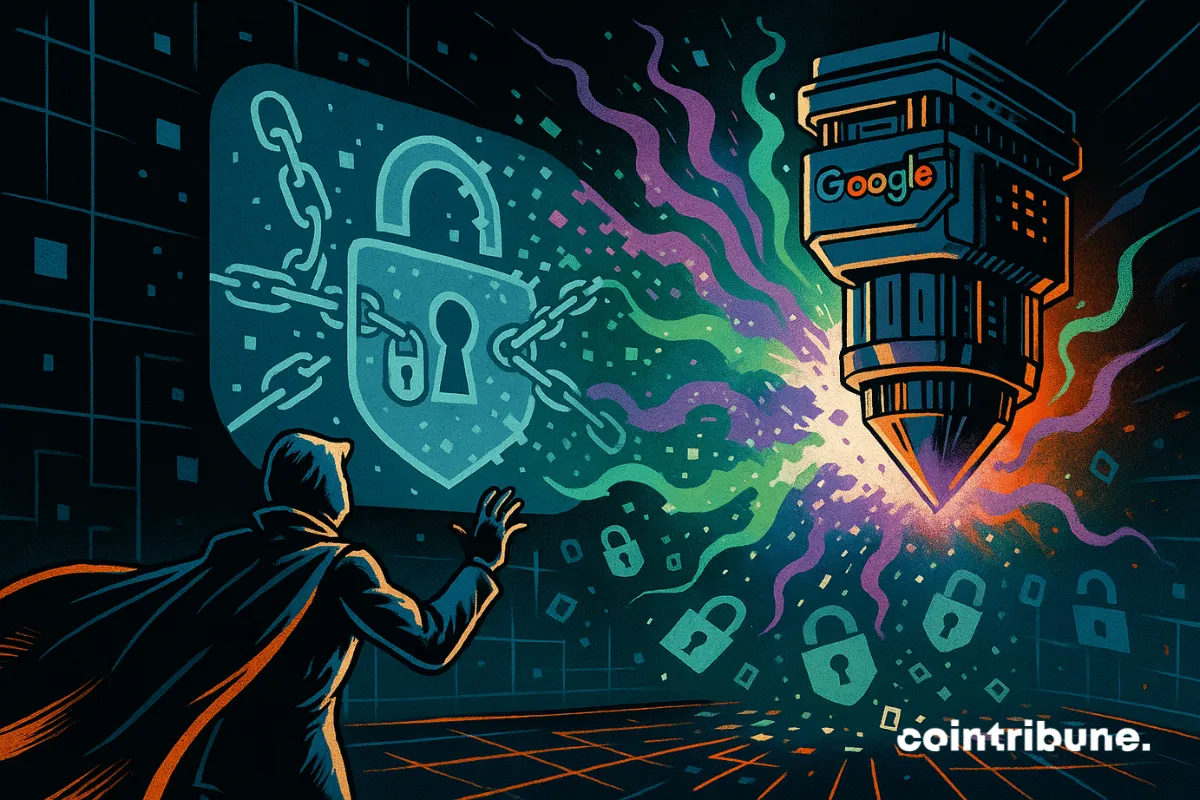
On October 22, 2025, Google Quantum AI announced a breakthrough with its Willow quantum processor, achieving the first-ever verifiable quantum advantage by running the Quantum Echoes algorithm 13,000 times faster than the world’s fastest supercomputer for molecular modeling tasks. Published in Nature, the experiment used a 105-qubit superconducting chip to map atomic interactions via “quantum echoes, “a technique that sends precise signals to qubits, reverses their evolution, and measures the returning “echo” for ultra-detailed imaging. This repeatable result, verifiable on equivalent quantum systems, marks a shift from theoretical benchmarks to practical, physics-relevant computations.
The Quantum Echoes algorithm, based on the out-of-time-order correlator (OTOC), models quantum chaos and entanglement, enabling applications in drug discovery, materials science, and chemistry by simulating molecular structures unattainable by classical methods. Willow’s low error rate (0.1%) and high-fidelity qubits allowed a task that would take supercomputers like Frontier years to complete in just hours. Hartmut Neven, Google Quantum AI founder, emphasized its “verifiability,” as results can be cross-checked on similar hardware, addressing past criticisms of non-reproducible “quantum supremacy” claims. This builds on Willow’s 2024 error correction milestone, advancing Google’s six-milestone roadmap toward scalable quantum computing.
While Willow excels in physics simulations, it reignites concerns over quantum threats to cryptography. Bitcoin’s ECDSA signatures, reliant on elliptic curve discrete logarithms, are vulnerable to Shor’s algorithm, which could derive private keys from public ones on a fault-tolerant quantum computer with 1,000–10,000 logical qubitsfar beyond Willow’s 105 physical qubits. Current estimates suggest 2,330–317 million physical qubits needed to break Bitcoin’s secp256k1 curve in an hour, a decade or more away per NIST and experts like Bruce Schneier. Grover’s algorithm poses a lesser threat to SHA-256 hashing, potentially halving mining security but adjustable via difficulty increases.
David Carvalho of Naoris Protocol called it “the greatest threat to Bitcoin since its creation,” but Mental Outlaw notes current machines break only 22-bit keys, not 256-bit standards. The SEC’s 2025 roadmap for post-quantum cryptography by 2035, including NIST’s finalized standards like CRYSTALS-Dilithium, signals proactive defense. Bitcoin’s open-source nature allows upgrades, such as Agustin Cruz’s QRAMP for quantum-resistant address migration, ensuring adaptability without centralization risks.
Crypto markets reacted mildly, with Bitcoin holding at $113,234 and Ethereum at $4,070, down 2–5% amid broader profit-taking, per CoinMarketCap. X sentiment is mixed: @sundarpichai hailed it as a “quantum-scope” for invisible phenomena, while @zapped_ai and @JamesGoldbach view it as a step toward real-world quantum supremacy, not AGI. Sundar Pichai compared it to telescopes or microscopes, predicting useful applications within five years. For crypto, this accelerates post-quantum upgrades, potentially boosting quantum-safe projects like Cellframe ($CELL) or QANplatform. Analysts forecast Bitcoin evolving via soft forks by 2030, maintaining security amid quantum progress.
Investors should monitor NIST updates at nist.gov and diversify into quantum-resistant assets, with BTC support at $112,000. Follow @TheBlock__ on X for developments. Willow’s verifiable advantage accelerates quantum’s role as a catalyst for secure, innovative blockchain evolution, not an immediate threat.
